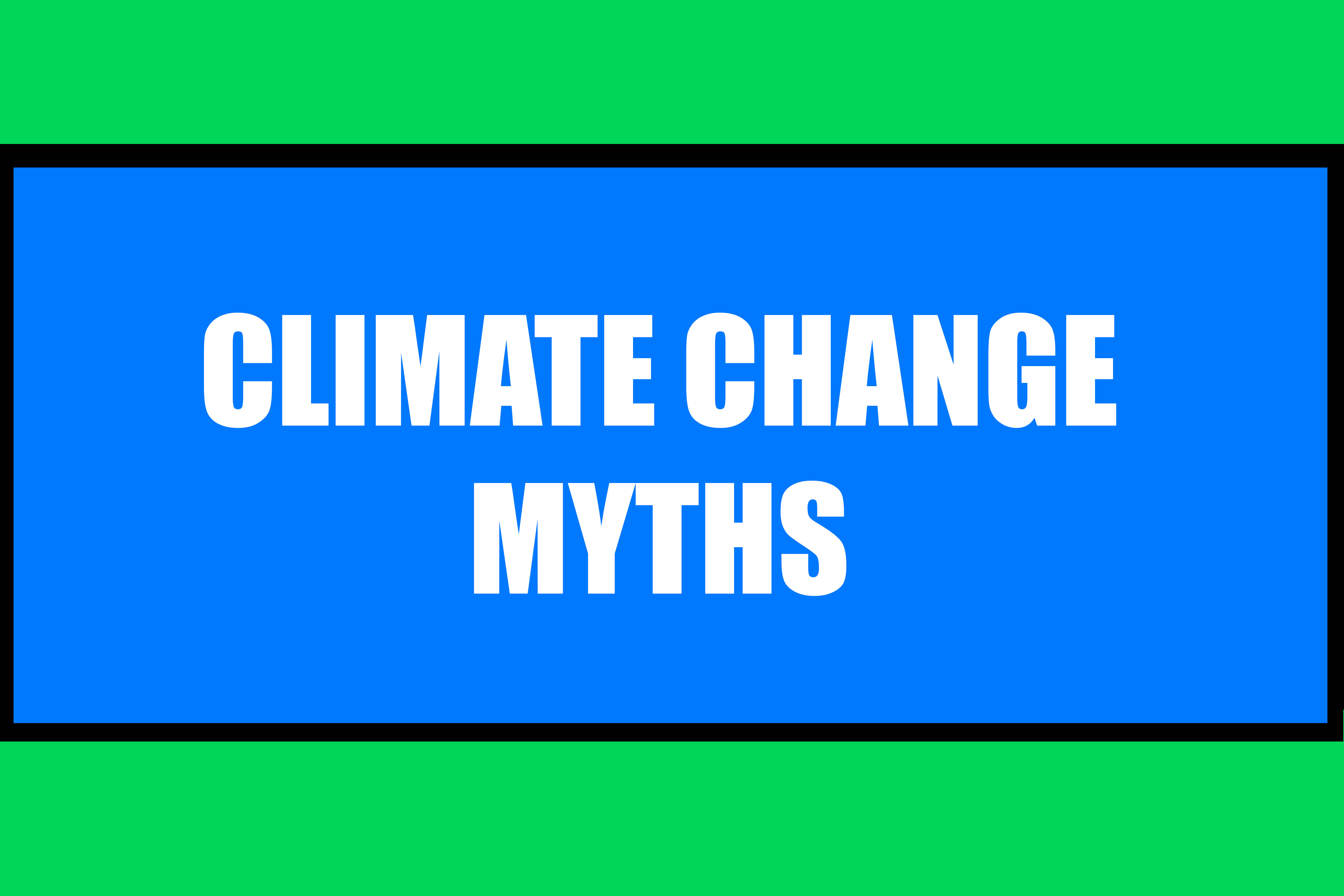There is vast scientific evidence that climate change is a reality. In fact, 97 out of 100 actively publishing climate scientists agree that climate change is real and is mostly caused by human action, according to NASA’s website.
The Intergovernmental Panel on Climate Change (IPCC) has warned that we only have a decade or so to prevent climate change catastrophe, which will lead to widespread floods, drought, extreme heat, wildfires and poverty for hundreds of millions of people should we do nothing.
Despite the evidence and consensus on the issue, part of the population still denies climate change. Climate change denial is surprisingly highest in several developed countries, such as Australia, the United Kingdom, United States, and Canada.
In fact, according to Google Trends and other statistics, Canada has the second highest percentage of climate change denial, despite the fact that it is among the most educated countries in the world.
Climate change has serious consequences for the environment and life on Earth. Therefore, it is essential that the population takes this issue seriously and takes steps to mitigate the effects of climate change.
One thing we can do is debunk climate change myths which are affecting public and political opinion, and are impeding us from taking meaningful action on the issue. Here are some common myths on climate change and why they are not true.
Myth one
“The climate is always changing, and the earth has been hotter before.”
This is absolutely true. The Earth’s climate has changed dramatically over the decades, from blistering ice-free millennia to the freezing ice ages.
The problem is that those changes occurred over hundreds of thousands of years, not over 100 years. The current rate of change shows that the climate change which we are currently undergoing is a man-made problem.
The rapid changes indicate that natural change cannot be responsible for the recent rise of carbon dioxide and global temperatures. Only man-made influences—including the burning of fossil fuels—could have created this crisis.
Myth two
“It’s cold outside, so global warming isn’t real.”
We hear this statement every winter—things like, “there are record-breaking cold temperatures. Where’s global warming?”
The truth is, weather and climate are two different things. We will always experience extreme cold, but climate is an average of weather over decades. Several extreme cold events will never outweigh the fact that the Earth is getting warmer.
The planet broke over 20,000 records for cold weather in 2018, but over 40,000 records for high temperatures. Overall, the climate is warming.
In addition, the cold waves are projected to become less intense, while heat waves will become more intense. The number of days below freezing is projected to decline while the number above 32C will increase. There will still be enough cold in the winter months for people to wear sweaters and jackets, but it won’t be the same as the “olden days.”
Myth three
“Carbon dioxide is not a pollutant. It’s a green gas which plants, crops, and trees need to grow.”
The second half of this statement is true—but, in the context of climate change, this statement is misinformed. Yes, plants need carbon dioxide for photosynthesis, similar to how humans need oxygen for respiration. In fact, the world’s forests store and cycle huge amounts of carbon.
However, there is a limit to the amount that they can be stored in any given woodland area, and with deforestation increasing, this capacity is getting lower. Carbon dioxide itself does not cause problems. It is part of the natural global ecosystem.
The problem is caused by the quantity being released by human activity. There hasn’t been this level of carbon dioxide in the atmosphere for 800,000 years. Our carbon emissions are contributing to the greenhouse effect, trapping heat and making the Earth warmer as a result.
Despite all the prevailing myths, climate change is indeed a reality. We have to mitigate it as soon as possible, as it could have catastrophic consequences. Remember: facts don’t care about your feelings.
Graphic by Jasmine Foong






